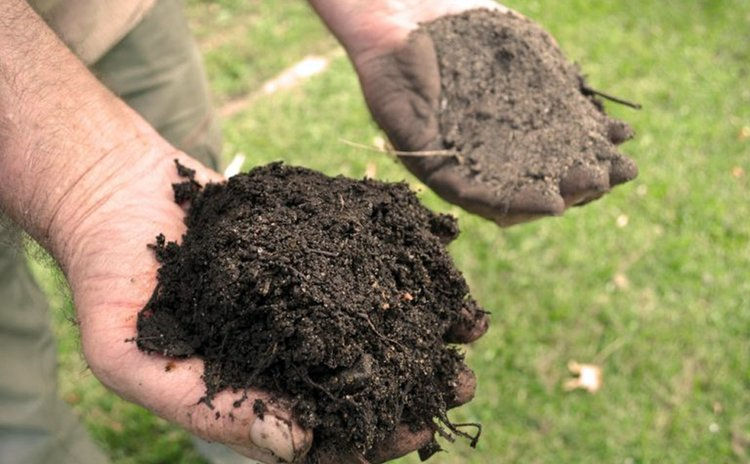Fall's Quiet Work: What Your Landscape Needs Before Winter
- Mike Slaney
- Nov 1
- 2 min read
Fall sneaks up on us in a way summer never does. One week it’s green and buzzing, and the next you’re stepping through leaves and noticing the quiet. Lawns slow down, gardens settle, and suddenly the yard feels… different.

It’s easy to think the work is over. But fall isn’t just the end of a season — it’s one of the most important times to set your landscape up for a strong, healthy spring. And the good news? It doesn’t require complicated steps or constant maintenance. Just a few smart choices that work with nature, not against it.
The Leaf Layer: Nature’s Blanket (With a Limit)
Leaves scattered across your lawn aren't a mess — they're part of a natural cycle.
They:
Break down into organic matter
Feed soil microbes
Protect overwintering insects and pollinators
Help insulate soil during freeze-thaw cycles
But balance matters. A thick, wet blanket of leaves can smother grass and invite mould.
Try this simple approach:
1. Remove and compost the first heavy layer
2. Mulch the main round of leaves finely into the lawn
3. Leave the final light scattering for winter habitat
This supports soil life and the ecosystem right outside your door.
To Cut Back or Not to Cut Back?
Not every plant wants a fall haircut.
Cut back in fall:
Spent vegetable plants
Hostas
Daylilies
Irises (prevents iris borer)
Peonies (helps stop disease)
Leave until spring:
Ornamental grasses
Coneflowers, rudbeckia, and other seed-bearing perennials
Hydrangeas
Sedum
Plants with hollow stems (native bees nest inside)
Leaving structure adds winter interest and gives wildlife shelter and food.
The Soil Never Sleeps
Even as temperatures drop, soil stays active below the surface.
Microbes keep working.
Organic matter continues breaking down.
Nutrients cycle and roots store energy for spring.
Mulching leaves instead of removing everything feeds the soil and supports long-term lawn and garden health.
Quiet season — busy soil.
A Gentle Fall Checklist
Do Now:
Mulch leaves lightly
Remove thick piles
Cut back disease-prone plants
Leave seed heads and grasses
Edge garden beds
Disconnect hoses and irrigation lines
Clean and store tools
Optional but helpful:
Add compost/topdress thin areas
Plant spring bulbs
Mark problem spots for spring planning
A few thoughtful steps now make a noticeable difference later.
Let the Season Be What It Is
Fall isn’t about chasing perfection.
A few leaves, swaying grasses, and frost-tipped seed heads aren’t neglect — they’re part of the natural rhythm of the landscape.
Letting your yard rest isn’t "doing nothing." It’s setting the stage for healthy growth when the world wakes up again.
Fall isn’t the end. It’s the reset.
Want help preparing your property for next spring?
We offer eco-friendly vegetation control, soil-building services, and seasonal lawn and garden care using natural, sustainable methods. Reach out if you’d like expert guidance or support as you plan for a healthy spring start.




Comments